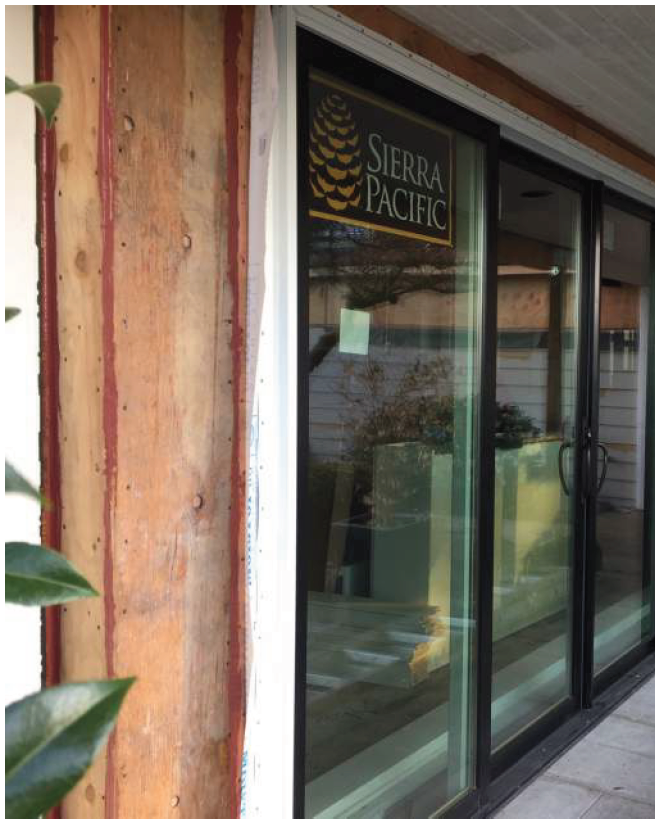Exterior Retrofit
An exterior insulation retrofit is most economical when done in conjunction with other exterior remodeling work. It is important that the existing wall is stripped down to the sheathing. In addition, the interior wall assembly should be verified to ensure the exterior work will not create a risk of condensation or trap moisture in the assembly. As a general rule, only vapour-permeable air barrier membranes and insulation should be used on the exterior of the wall. The following design considerations are for an exterior insulation retrofit. The information is meant to give an overview of the wall assembly and work required.
Windows and doors should be removed and re-installed, or replaced in conjunction with the exterior insulation work, in order to achieve adequate air- and moisture barrier detailing.
Foundation Wall to Above-Grade Wall Transition
Air barrier continuity as well as drainage is important at the interface between the bottom of the above-grade wall and the top of the foundation wall. The exterior wall air barrier should be properly tied onto the foundation wall air barrier membrane/plane of airtightness. This should be achieved while providing positive lapping to ensure proper drainage of incidental water.
Windows
It is recommended that existing windows and doors be replaced during an exterior retrofit, as they often have poor thermal resistance and may be significant sources of air leakage. Many aspects should be considered when choosing replacement products. For further information on replacement considerations and installation see the Guide entitled BC Housing - Best Practices - Windows and Doors, and the industry guide Best Practices for Window and Door Replacement in Wood-Frame Buildings published by the Fenestration Association of BC and BC Housing (see Resources at the end of this Guide).
Above-Grade Wall at Sloped Roof Interface
Air barrier continuity is important at the interface between the top of the above-grade wall and the attic/ceiling plane. Special attention must be paid to this transition in order to ensure the exterior wall air barrier ties into the ceiling air barrier membrane/plane of airtightness. This can be achieved with exterior self-adhered membrane, sealants, or spray foam at the top of the wall framing.
